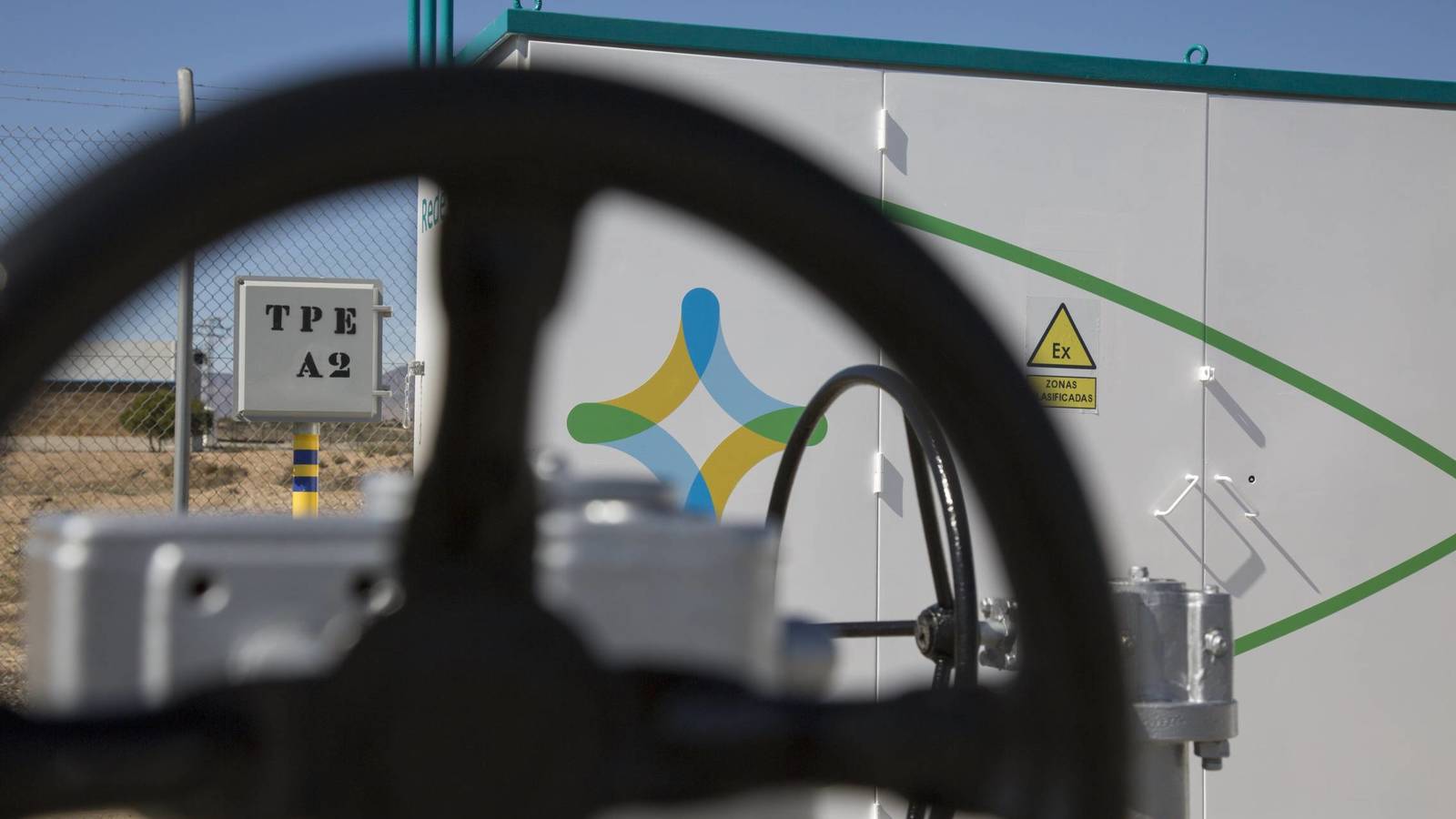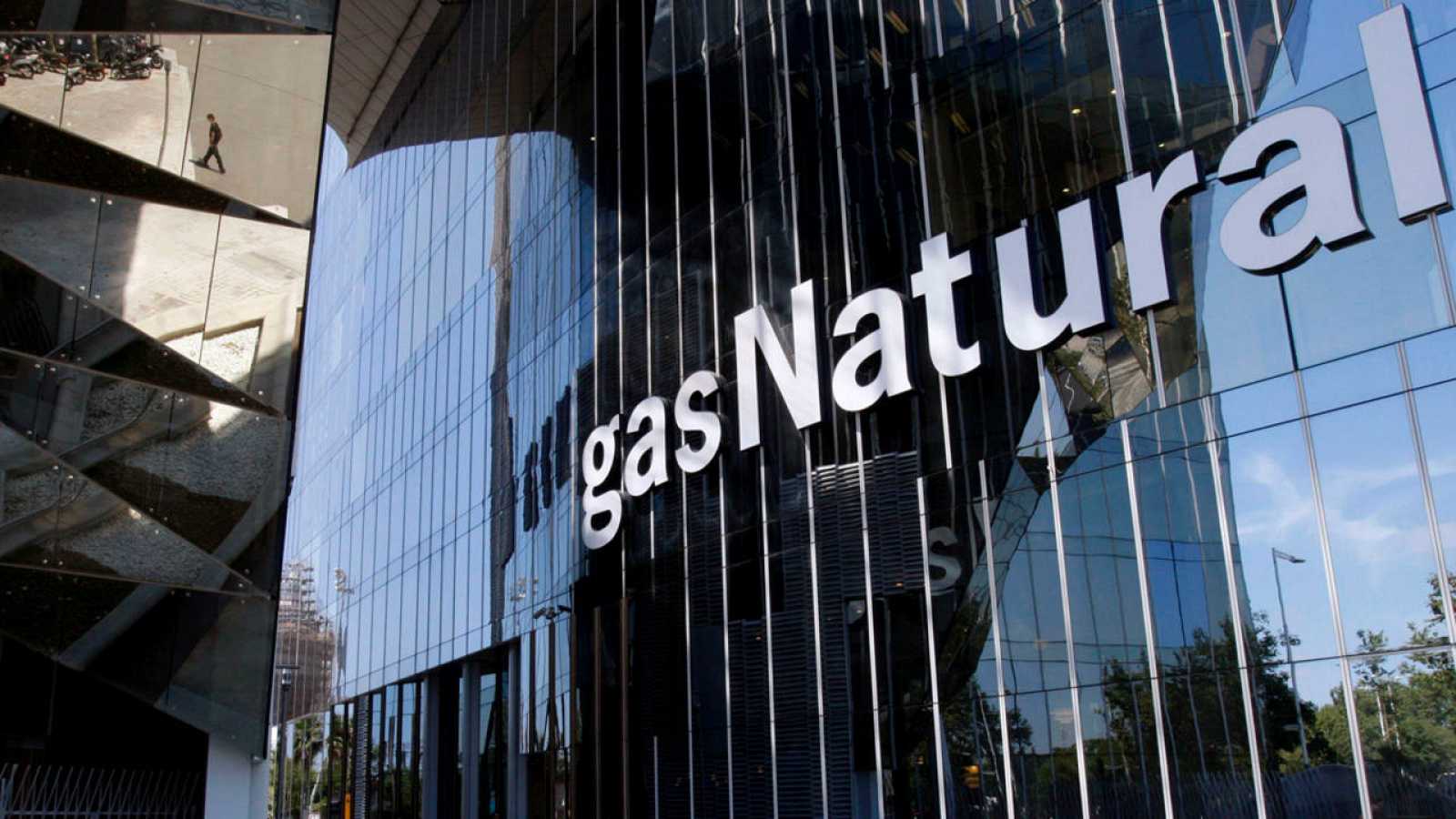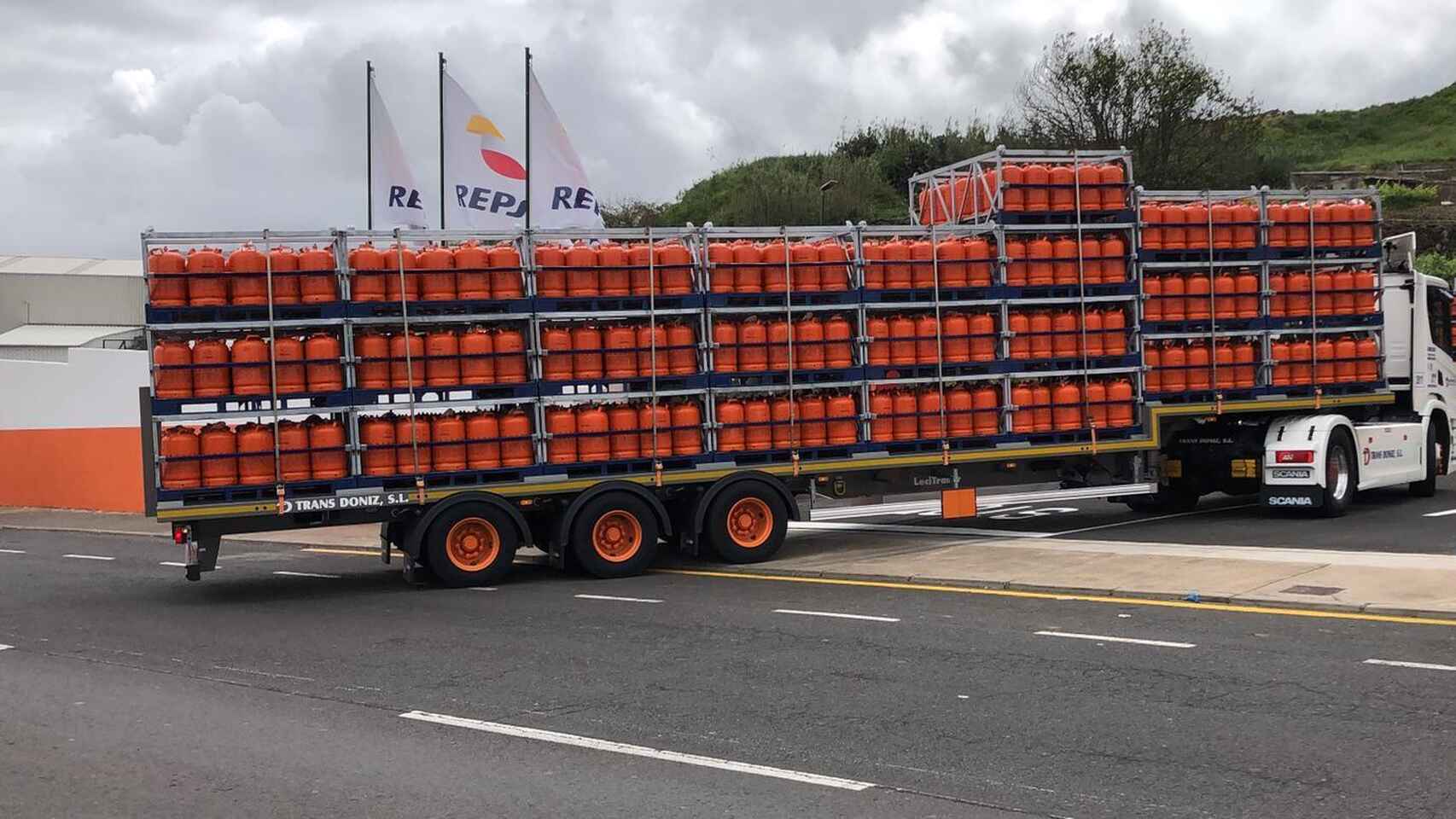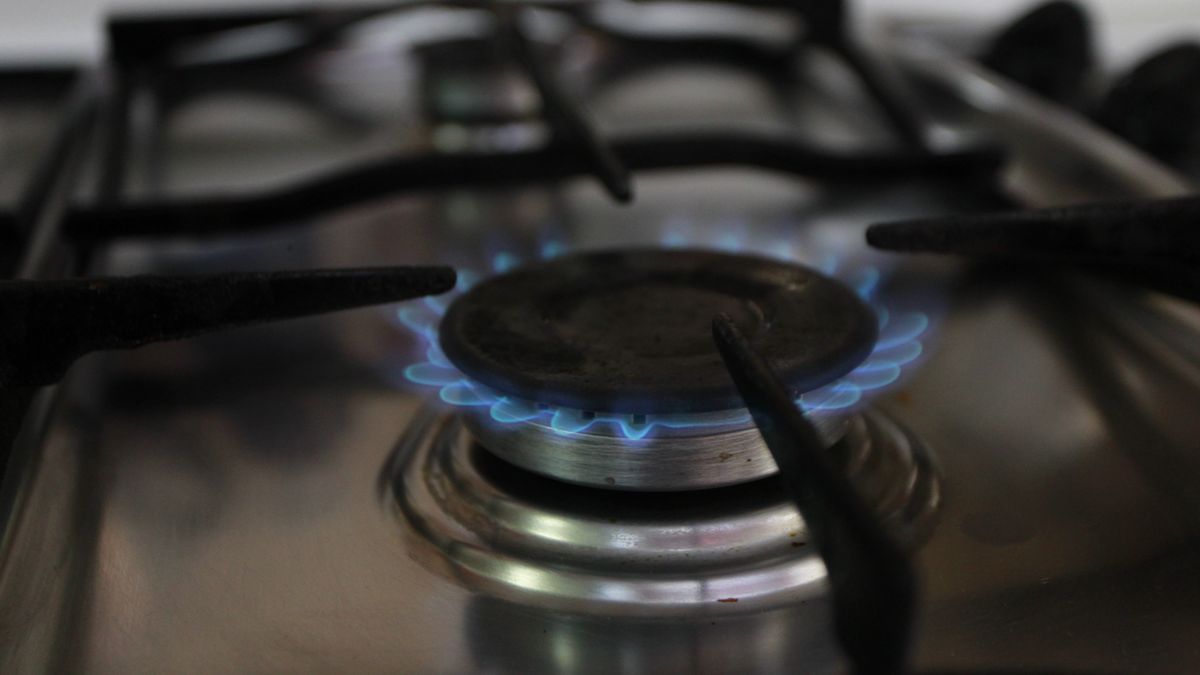If you are a customer of Repsol Gas You will be interested in knowing all the possibilities that this company offers to users who contract the domestic gas service, mainly those related to the proper use of your bill and all the possibilities it offers, as well as interesting informative materials related to this topic that may be of interest to you.

Components of the Repsol Gas Invoice
We carry out for you an exhaustive analysis of the bill de gas de Repsol. What the bill refers to, when the gas bill must be paid per month, we show you different ways to pay, download and view Repsol Luz y Gas gas bills. We will also explain in a simple way the help content of the Payment Wizard including the services online.
Payment and viewing of Gas Bills
In the Repsol customer area you can quickly learn how to pay a bill de gas natural from Repsol. Electricity and Gas can be viewed in different ways, depending on whether or not we have electronic invoices activated. The company issues its gas documents online and on paper.
By default, Repsol customers will receive a paper receipt in their ordinary mailbox if they are in Spanish territory. However, by activating electronic bills, they will be able to receive their invoices by email and even know their costs in advance without much hassle.
Autogas
AutoGas is the most widely used alternative fuel in our society and the only one available today that is truly possible to deploy quickly and effectively to the public.
On the European continent, there are almost 4 million vehicles powered by AutoGas. More than 1.400 city buses are used in 25 European cities. Most of the countries surrounding Spain use Repsol AutoGas as a quick and easy way to improve effective air quality in urban environments around the world.
Its rapid development today needs some investment but in just a few years, amazing results have been achieved in terms of total emissions. Since the 1970s, the world market for automotive LPG has continued to develop for the following reasons: Fundamentally, the diversification of the economy, the ever-increasing energy needs and the protection of the environment.
Savings with the Repsol gas bill
Knowing what a gas bill from this company consists of can help you save money. Repsol's gas bill is divided into several parts:
- Customer data and supply points: In this section, customers can consult their own data, such as their DNI (Basic Identification), postal address of the supply, CUPS and contract number.
- Total invoice for the period: This is a breakdown of each fee that must be paid to pay the company's debts. At the same time, it is necessary to distinguish some basic concepts to understand the rates to be paid in Repsol's gas bill.
- Fixed period: Whether it is consumed or not, it is a cost that must be assumed. The trader is paid for having a supply of natural gas. How is the Repsol fixed term calculated? Fixed-term commission x settlement period (in monthly units)
- Variable: Corresponds to the consumption of natural gas within a specific billing period, for example 1 year. How to calculate Repsol's variable items? the Variable Cost of the item x energy consumption (kWh) must be taken
- Tax on hydrocarbons and tax on value added: these are the two levies on all natural gas bills in Spain. The first is to reduce the consumption of natural gas and promote sustainable taxation. It is suitable for consumption and costs 0,00234 euros / kWh. The second is the value added tax, which is usually 21% applied to the subtotal of the first two items.
- Readings and consumption information: In the last part of the Repsol gas list, the amount of gas consumed during the current billing period and the previous billing period is recorded. This is called a natural gas meter reading. They are run by dealers and serve marketers to issue exact rates to customers.
Natural Gas in the World
Natural gas (also called fossil gas; sometimes just gas in many places) is a naturally occurring gaseous hydrocarbon mixture consisting primarily of methane, but often including varying amounts of other higher alkanes and sometimes , a small percentage of carbon dioxide, nitrogen, hydrogen sulfide, or helium.
It forms when layers of decomposing plant and animal matter are exposed to intense heat and pressure under the planet's surface over millions of years. The energy that plants originally obtained from the sun is stored as chemical bonds in the gas. Natural gas is a fossil fuel then.
Natural gas is a non-renewable hydrocarbon that is used as a source of energy for heating, cooking and to generate electricity. It is also used as a fuel for disabled vehicles and as a chemical feedstock in the manufacture of plastics and other commercially important organic chemicals.
The extraction and consumption of natural gas is an important and growing factor in combating climate change. It is a powerful greenhouse gas when released into the atmosphere, and creates carbon dioxide when burned. Natural gas can be burned efficiently to generate heat and electricity, emitting less waste and toxins at the point of use compared to other fossil and biomass fuels.
However, gas venting and flaring, along with unintentional fugitive emissions throughout the supply chain, can result in a similar overall carbon footprint, which must be taken into account.
Natural gas is found in deep underground rock formations or is associated with other hydrocarbon deposits in coal beds such as methane clathrates. Oil is another fossil fuel that is found close to and alongside natural gas (sometimes mixed). Most natural gas was created over time by two mechanisms: biogenic and thermogenic.
Biogenic gas is created by special organisms in swamps, bogs, landfills, and shallow sediments throughout the world. Deeper in the earth, at higher temperature and pressure, thermogenic gas is created from buried organic material.
In oil production, gas is sometimes burned as flue gas which can be polluting. Before natural gas can be used as a fuel, most, but not all, of it must be processed to remove impurities, including water, to meet the specifications for salable natural gas.
Byproducts of this processing include ethane, propane, butanes, pentanes, and higher molecular weight hydrocarbons, hydrogen sulfide (which can be converted to pure sulfur), carbon dioxide, water vapor, and sometimes helium and nitrogen.
Natural gas is sometimes simply called gas, especially when compared to other energy sources, such as oil or coal. However, it should not be confused with gasoline, which is often shortened in colloquial usage, especially in some countries.
History
Natural gas was accidentally discovered in ancient China as a result of brine drilling. Natural gas was first used by the Chinese around 500 BC (possibly as early as 1000 BC). They discovered a way to transport the gas that seeped from the ground in crude bamboo pipes to where it was used to boil salt water to extract salt in Sichuan's Ziliujing district.
The discovery and identification of natural gas in America occurred in 1626. In 1821, William Hart successfully dug the first natural gas well in Fredonia, New York, United States, leading to the formation of the Fredonia Gas Light Company. The city of Philadelphia created the first municipally owned natural gas distribution company in 1836.
As of 2009, 66.000 km³ (or 8%) of the total 850.000 km³) of estimated remaining recoverable reserves of natural gas had been used. Based on an estimated global consumption rate for 2015 of about 3.400 km³ of gas per year, the total estimated remaining economically recoverable reserves of natural gas would last 250 years at current consumption rates and without considering new technologies.
An annual increase in consumption of 2-3% could make the currently recoverable reserves last considerably less, perhaps between 80 and 100 years but it depends on many factors.
Rainbow Six: Extraction and Distribution
The removal
Natural gas is often, but not always, extracted from the same fields as oil, which can make or break things. Like oil, natural gas is the result of the transformation of organic substances deposited at the bottom of ancient seas and lakes (sedimentary basins).
Therefore, there is no search for natural gas other than oil, but a single hydrocarbon research activity: only after the drilling of exploration wells is it possible to know the nature of the deposit.
The term associated gas is used when the natural gas is dissolved in the oil or constitutes the upper layer of the reservoir; the expression non-associated gas is used when the field contains almost exclusively natural gas (for example, the large field in the North Sea or in the Netherlands).
Extracting natural gas from underground is quite easy. It is usually trapped along with the oil under a layer of rock. Due to the great pressure, as soon as the drilling is finished, the gas comes out and it is necessary to direct it into a pipeline and guide it to its final destinations or storage centers.
The latter are not tanks like those that contain oil, but are exhausted natural reserves that once contained natural gas, oil or water and that today are used as real warehouses.
for gas.
Processing
If the natural gas in the field is wet, it undergoes preconditioning to separate the methane from other gaseous hydrocarbons such as propane, butane and ethane. The separation is simplified by the fact that methane is marked by a much lower critical temperature.
The amount of wet gases available on the modern market is very large, since the gas extracted together with the oil is always wet. Once liquefied, the wet gases are bottled for domestic use in 10/15 kg containers or in larger bottles for industrial use.
Methane gas is distributed through pipeline networks. Although rarely, methane from some fields needs to be purified. The most harmful impurity is undoubtedly sulfur because it produces sulfur dioxide during combustion and when the weather is humid it causes acid rain, responsible for lung diseases, the deterioration of plants and anything that is exposed to it.
Sometimes the extracted gas contains precious substances, such as helium, which is used for many things such as making planes fly and mixed with oxygen in scuba tanks.
Although the extraction is simple and the quality of natural gas as a fossil fuel is high (also from an environmental point of view), until the second decade of the twentieth century, natural gas was not a fuel of high environmental quality), until the second world war the use of methane was very limited.
Bus Routes
Long-distance transportation of natural gas began in 1958, when natural gas was imported from Canada into the U.S. Today, natural gas is transported in a gaseous state through pipelines or by natural gas carriers. in the liquid state (Liquefied Natural Gas).
Pipelines make it possible to transport a large quantity of natural gas directly from the place of production to the place of consumption without any loading or storage operations. Once the safest and most efficient route has been identified, a trench is dug to place pre-welded steel pipes.
To prevent any leaks, each weld is X-rayed to check that it is perfect. To prevent corrosion, the pipe is covered with a layer of asphalt, tar and synthetic resins and protected by specific electronic devices. Finally, the gas pipeline is buried and the landscape is restored. The presence of the gas pipeline is signaled with special signs.
Every 100 or 200 km, compression stations are installed to restore sufficient pressure for natural gas to circulate at a speed of 20 or 30 km per hour. Pipeline networks also include storage stations where natural gas is kept available in case of an emergency.
As deposits, depleted deposits close to the place of consumption are preferably used. Its geological characteristics guarantee maximum safety against possible leaks.
All of Europe is crossed by long gas pipelines that run underground. In this way the landscape is not spoiled.
When it is impossible to resort to gas pipelines because the distance to be bridged is excessive or a sea route that is too long has to be traveled, natural gas pipelines are used.
When it is not possible to resort to gas pipelines -because the distance to be covered is too great or because there is too long a sea route to cover, the natural gas is liquefied and transported in LNG ships.
Currently, 25% of natural gas is transported in LNG ships.
Natural gas liquefies at -161°C and its volume is reduced by 600 times compared to the original natural gas. An LNG ship transports an average of 130.000 m3 of liquefied natural gas. liquefied natural gas, that is, 78 million cubic meters in gaseous state.
Transport costs are higher in the case of LNG ships because different transshipments are necessary.
The first takes place from the field to the coast through a gas pipeline. The gas is then liquefied and loaded onto an LNG carrier equipped with heat-proof tanks. Finally, once unloaded from the LNG carrier, it is converted into gas and transported to the
There is a simple way to use AutoGas in a vehicle equipped with an internal combustion engine (spark ignition). Gasoline cars will never need diesel. Repsol provides equipment to maintain vehicle performance in optimal conditions, easy to install and economical.
And it allows you to get what is needed to use AutoGas as an additional function of the vehicle's own equipment, not after replacement, so it is a "dual fuel", allowing its users to use gasoline or AutoGas as fuel. with a supply always ready
All of this makes the gas from Repsol It is one of the most requested options in Spain. Motor Glp is the only manufacturer of LPG equipment in Spain. Its sales volume is approximately 75% of the national market and it has representation rights. More than 100 workshops have been appointed at the national level throughout the Spanish territory.
The installation of AutoGas equipment (tank, vaporizer, piping network, electronic control unit and fuel injection of gasoline vehicles) must be carried out in a workshop authorized by the manufacturer of the equipment and this must be officially authorized to this.
The manufacturer has "reforms in a general sense" for assembly. Its equipment is used in the following vehicles: Chevrolet-Daewoo, Opel and Volkswagen Group (Seat, Audi, Skoda and Volkswagen). This allows you to install LPG engine equipment in any vehicle belonging to the autogas family, so it has a reduced economic cost and you do not need to process the elements in the documents that will be sent to the ITV
If this material has been useful to you, we offer you other complementary information that may be of interest to you.
information about the Edp Gas Bill
News about the Gas Registration Price with Iberdrola
Facts about the Naturgy Gas Bill








